Lab-grown diamonds have been around since the 1950’s. They were not gem quality and were used for industrial purposes. Only in the last decade have scientists been able to grow gem quality diamonds. They are created using advanced technology. This is to precisely imitate the conditions under which mined diamonds are formed in the earth’s mantle.
What are Lab-grown diamonds?
Their chemical structure is characteristic of the diamond crystal structure which is made up of carbon atoms. The result is a lab-grown diamond that exhibits the same physical, chemical and optical properties as a mined diamond, since they are composed of the same element, under essentially the same conditions.

Are they considered real diamonds?
Yes, Lab-grown diamonds are real diamonds, sharing the exact same chemical composition, molecular structure, and physical and optical properties - something that cannot be said for any form of diamond simulant or imitation. Diamonds are solid forms of pure carbon. According to the FTC (Federal Trade Commission) CVD Lab Grown diamonds are “Diamonds”. Your standard diamond tester used in store will test CVD lab grown diamonds as “Diamonds†not “moissanite, simulant or CZ”.

How are lab-grown diamonds made vs mined diamonds?
Mined diamonds were brought to the earth’s crust from its core where they were formed by volcanic eruption. It is believed by scientists that diamonds were formed 145km below the surface of the Earth, by the effects of extreme heat and pressure on carbon dioxide.
The processes used to grow lab diamonds are much more efficient. There are two processes under which lab-grown diamonds are created, Chemical Vapour Deposition (CVD) and High Pressure-High Temperature (HPHT).


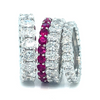
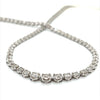

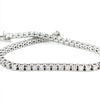







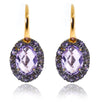

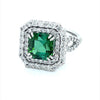

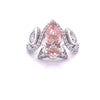

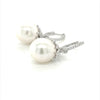



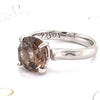
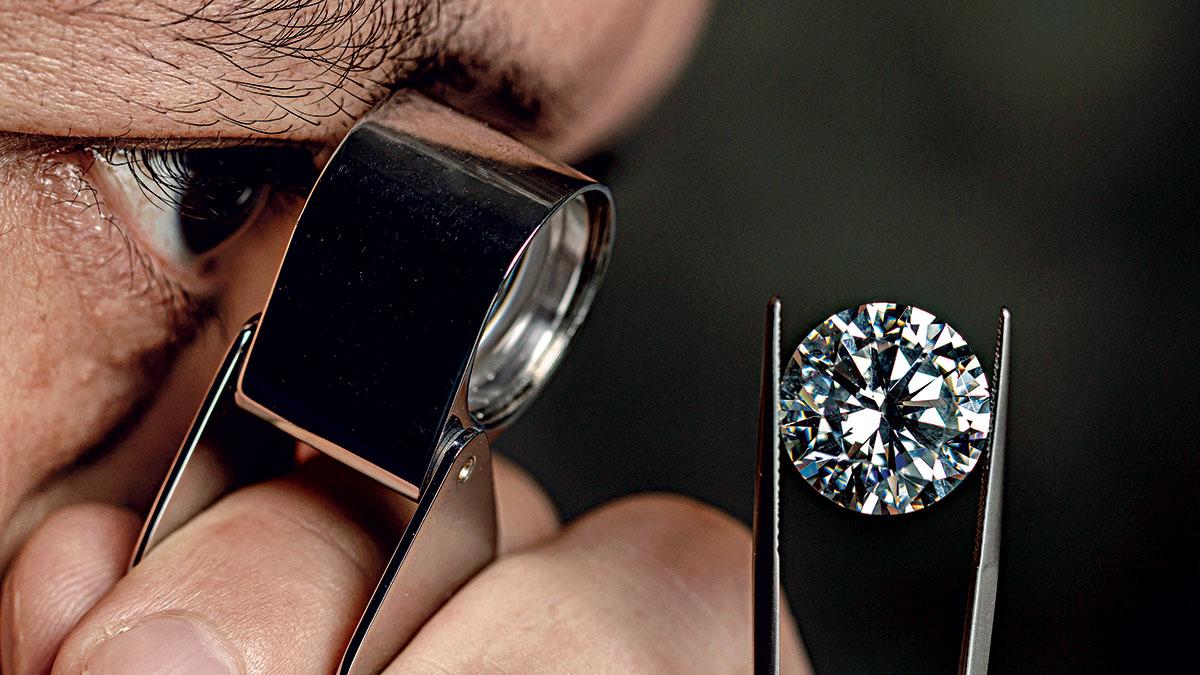
0 comments